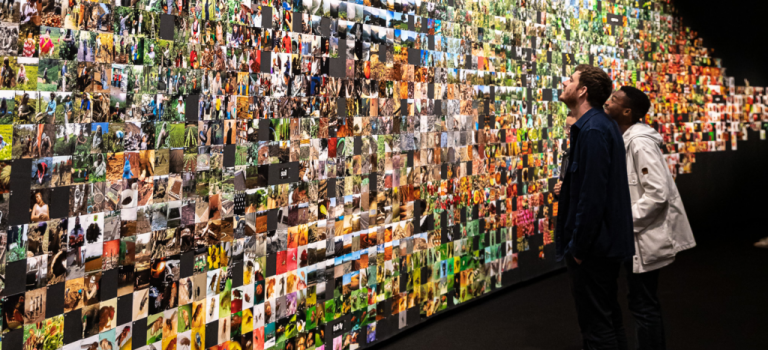Source: Artnet.
Artificial intelligence and machine learning have already become invisibly braided into our daily lives. Although the art business has often lagged behind the cutting edge of technology, a. software-savvy vanguard is working to integrate machine learning and A.I. into the trade. In this article, Tim Schneider lays out seven practical ways A.I. could transform the market.
Artificial intelligence has asserted itself as perhaps the single most consequential technology in molding our future—and our present. In fact, rather than some far-off sci-fi concept, machine learning and A.I. (check out our handy glossary if you’re unsure about the distinction) have already become invisibly braided into our daily lives. If you’ve ever called an Uber, sent an autocorrected text, or enjoyed Spotify’s “Made for You” playlists, guess what? You’ve let machines do the thinking for you.
Although the art business has often lagged behind the cutting edge of technology, a software-savvy vanguard is working to integrate machine learning and A.I. into multiple aspects of our tradition-minded, white-glove trade. Some advances have already been achieved. In areas ranging from logistics, to authentication, to market forecasting, innovations dangle the prospect of tremendous cost savings, huge efficiency gains, and—perhaps most intriguingly—the opportunity to even the playing field between forward-thinking smaller players and their behemoth upmarket rivals.
In these pages, we lay out seven practical ways A.I. could transform the market—and that’s just the beginning. Don’t fear the future, though. It could be your greatest ally… unless you ignore it.
1. Hmm, Nice Artwork. I Wonder Who It’s By…
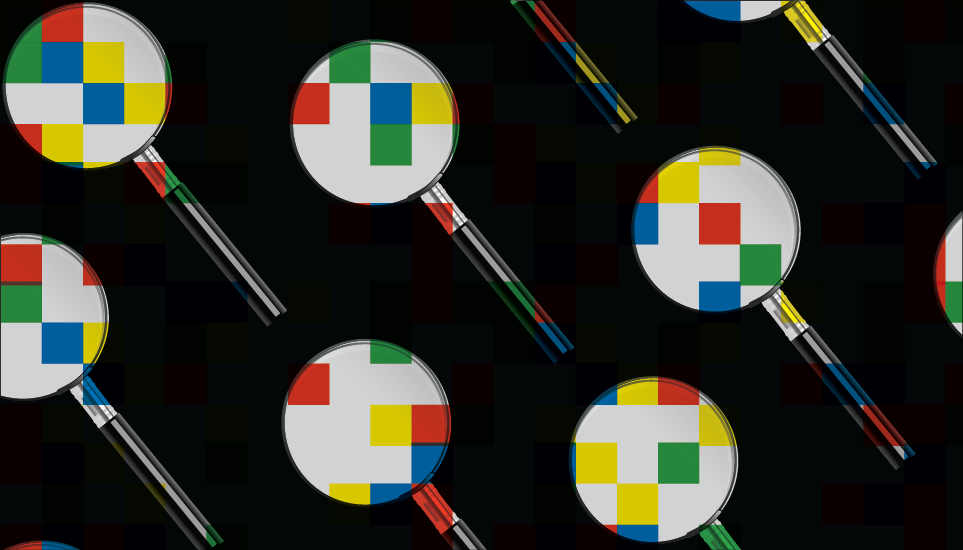
Illustration © Artnet.
HOW A.I. CAN HELP
This tool allows you to find out essential information about a work of art simply by uploading an unlabeled image of it.
HOW IT WORKS
Algorithms use pattern recognition—the bedrock of machine learning—to cross-reference newly received images of artworks against a database of previously identified pieces. If there is a match, the tool can instantly and automatically surface vital information like the artist, title, date, and even the reported price of the work in question. Sophisticated recognition engines could also flag objects believed to be lost or looted, or expose fakes by linking to individual artists’ online catalogues raisonne?s.
WHO IT’S FOR
Practically every art professional and casual fan in this fast-moving, information-scarce field. Who wouldn’t want to effortlessly and instantly know more about what they’re seeing?
WHEN IT WILL BECOME REALITY
It may already be here, at least in some form. Described by creator Magnus Resch as “Shazam for art,” the free-to-download Magnus app was hit in 2016 by multiple legal challenges from companies that accused it of stealing their images and data. But it has since resolved those disputes and now promises to match users with 12 million works, some complete with prices gathered through crowdsourced reporting.
2. I Love David Hockney’s Pool Pictures. What Else Would I Like?
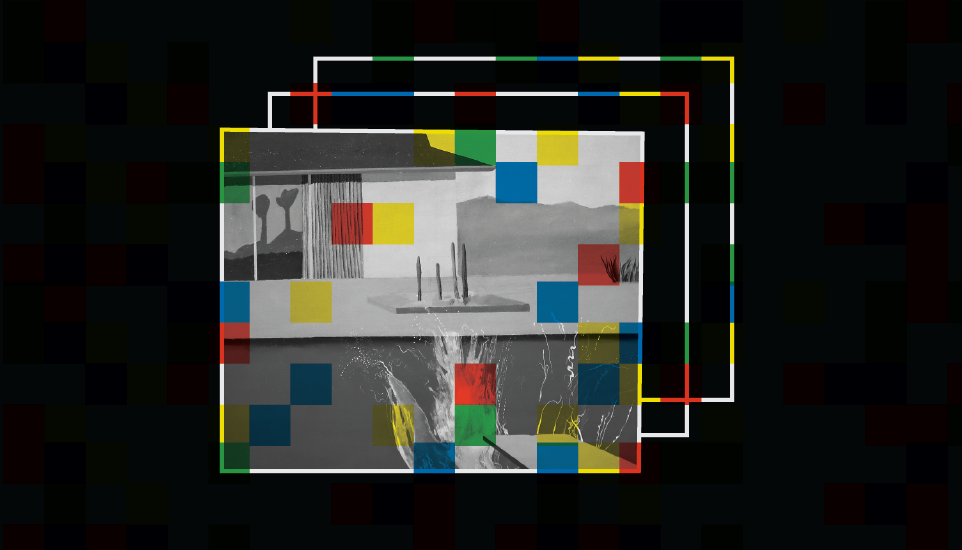
Illustration © Artnet.
HOW A.I. CAN HELP
Just as Netflix algorithmically extracts traits from the content you’ve already watched to offer similar fare, an artwork-recommendation engine analyzes your prior preferences and purchases to propose artworks you might like.
HOW IT WORKS
Machine learning breaks down the defining visual and thematic features of an artwork—or even an entire collection—to serve up other pieces with some of the same aesthetic attributes.
WHO IT’S FOR
Sellers, buyers, and middlemen alike. Galleries hoping to build a coherent, unified exhibition program could use algorithms to scour the infinite reaches of the internet in search of emerging or undiscovered talent that chimes with their existing program. Advisors, dealers, and auction-house specialists could analyze their clients’ tastes to determine not only which other artists might activate their checkbooks but even which individual pieces by a particular artist would appeal most. Collectors could rely on machine learning to supplement the guidance of trusted advisors—or eliminate the need for those people entirely.
WHEN IT WILL BECOME REALITY
At least a few early-stage examples exist now, but adoption is limited. A.I. startup Artrendex’s ArtPI product enables licensees to embed a widget on their websites that pulls up available works similar to any user-supplied or user-selected image. Although its most visible applications so far have been in the nonprofit sector, highlighted by a partnership to draw out aesthetic connections between works in the Barnes Foundation’s collection, Artrendex counts some for-profit companies among its customers, including blockchain-registry platform Verisart. In another development, Sotheby’s acquired artwork-recommendation engine Thread Genius in 2018, although the house has said little publicly about how, and how much, the technology factors into its business.
3. I’m a Female Millennial Startup Founder. What Art Would I Like?
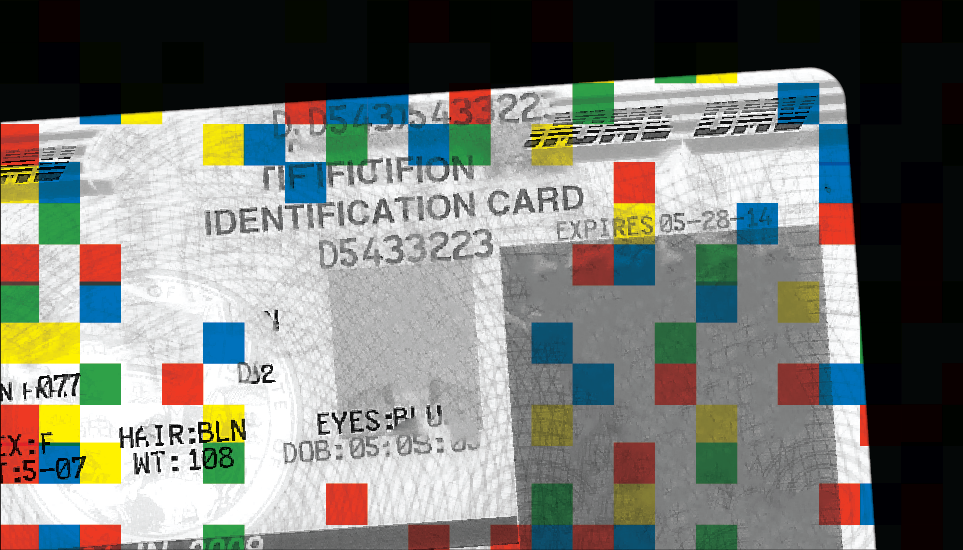
Illustration © Artnet.
HOW A.I. CAN HELP
Instead of recommending artworks based solely on visual similarities, this application would also take into account similarities between buyers, suggesting, for example, that a young Connecticut hedge funder dabbling in postwar abstraction might be interested in artists Steve Cohen acquired early on.
HOW IT WORKS
Algorithms could construct rich statistical models of individual collectors that incorporate multiple personal and professional attributes—age, line of work, estimated net worth, annual art budget, years spent collecting, and much more—in addition to the works they’ve already acquired and then leverage the parallels that emerge to better predict what clients might want using what their closest matches bought at similar points in their own collecting careers. (If you think this concept sounds dystopian, keep in mind it’s been crucial to the business models of Amazon, Google, and Facebook for years.)
WHO IT’S FOR
The sell side of the trade. Realistically, however, each business is likely to mine its own internal data rather than sharing such sensitive information with others in the field, or with a third party. You could also argue that collectors who “buy with their ears, not their eyes,” as the old maxim goes, have been doing an analog version of this practice for decades, meaning they might be interested in the algorithmic evolution if it were commercially available.
WHEN IT WILL BECOME REALITY
At least one New York-based startup is pursuing this technology already. Arternal, which builds workflow software to help galleries better manage client relationships, aims to launch a beta version of this concept in early 2021, then release a more robust iteration in time for the fall art season.
4. I Love This Artwork. But How Do I Know It’s Not a Fake?
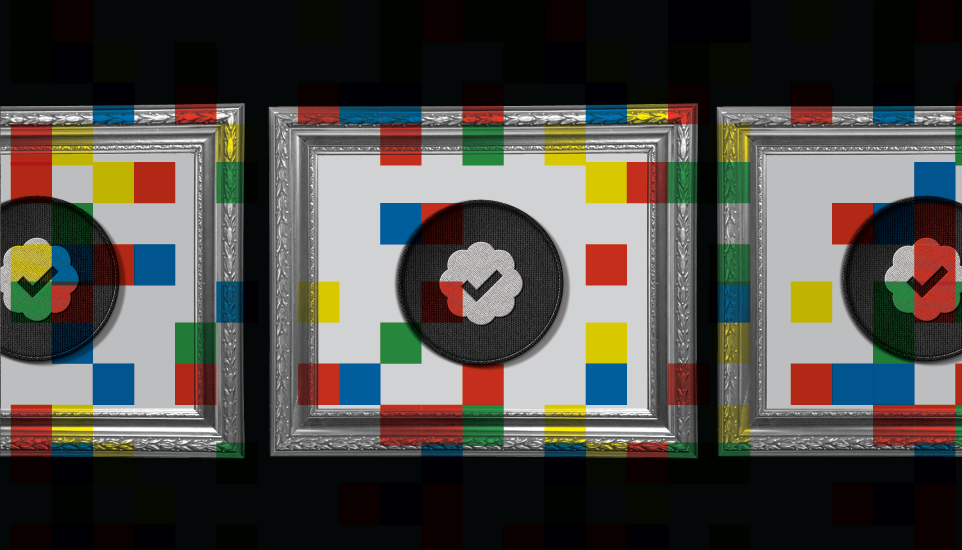
Illustration © Artnet.
HOW A.I. CAN HELP
Software would detect otherwise-invisible warning signs about a work’s authenticity, providing another layer of security on top of traditional materials analysis and scholarship.
HOW IT WORKS
Machine-learning algorithms study as many of an artist’s works as possible—or at least, high-resolution digital reproductions of them—to establish a vocabulary of techniques that act as the artist’s aesthetic fingerprint. Each model would consist of granular traits, such as the pressure exerted on the paper at each point in the artist’s line drawings; what direction the pen actually moved to create every mark; and which of those marks flowed directly into others. The algorithms would then compare the artist’s historically verified stylistic patterns to those used to make a work whose authenticity is in question.
WHO IT’S FOR
Authenticators, insurers, dealers, auction houses, and collectors seeking maximum peace of mind in a market full of skilled forgers.
WHEN IT WILL BECOME REALITY
A few entrants are active now. Art Recognition, a Swiss startup, offers A.I.-powered authentication rulings on paintings within days based on photographic reproductions. Another Artrendex product, called Art Verified by A.I., is commercially available to examine line drawings by (or alleged to be by) 10 canonical masters, with more use cases in development.
5. I Want to Put on an Exhibition. How Do I Design It?
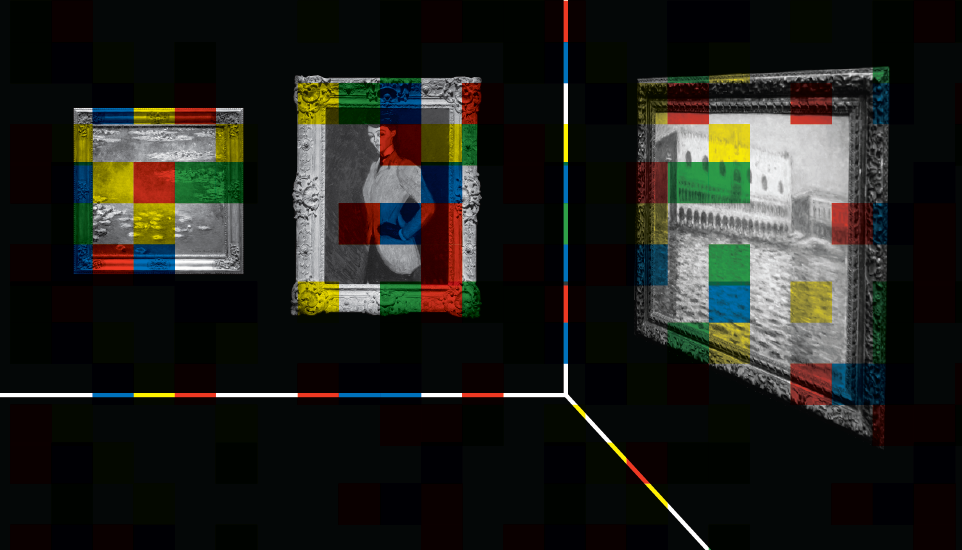
Illustration © Artnet.
HOW A.I. CAN HELP
This is the robot curator you never knew you needed. It can provide potential exhibition designs tailored to your collection, your space, and your budget with a few clicks of a mouse (and a ton of automated analysis).
HOW IT WORKS
Artificial intelligence examines a set of data points, including the specific works to be shown, the available wall and floor space, lighting options, technical requirements (do any of the pieces need electricity or their own darkened room?), and other installation elements, then generates numerous possibilities for how the puzzle pieces might best be arranged. Works could even be categorized using nontechnical information, such as shared themes, to augment the algorithms’ ability to optimize proposed layouts. Such layouts could be implemented as they are, or used as building blocks for hybrid human-machine exhibition designs.
WHO IT’S FOR
Dealers and nonprofit spaces, particularly smaller ones with limited staff resources and budgets too meager to hire renowned exhibition designers for Gagosian-level hangs.
WHEN IT WILL BECOME REALITY
Commercial products should be available soon, because the concept has already been executed as an artwork. The 2019 exhibition “Entangled Realities: Living With Artificial Intelligence,” at Basel’s House of Electronic Arts, featured Atomized (curatorial) Functioning, a work by Swiss art collective fabric | ch that leveraged algorithms to produce a steady stream of layout variations for the very show in which it appeared.
6. I Want to Buy This Sculpture. How Much Will Shipping Cost?
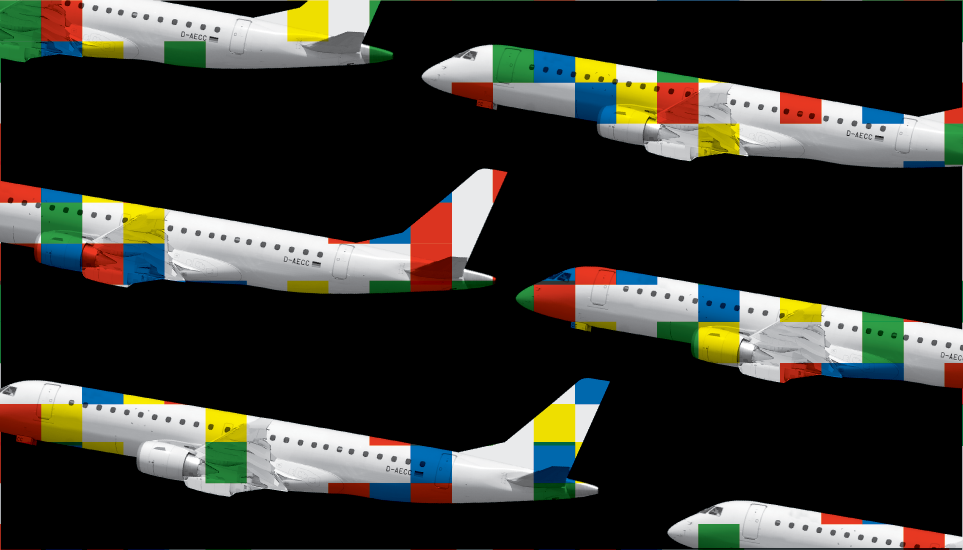
Illustration © Artnet.
HOW A.I. CAN HELP
This application, known as predictive pricing, provides cost estimates for logistics in a fraction of the time needed to secure quotes the old-fashioned way (also known as wasting away on the phone with vendors and burying yourself in emails).
HOW IT WORKS
Machine learning mines thousands of historical estimates and invoices for services such as packing, shipping, installation, and storage of artworks of varying weights and dimensions, then determines patterns that take into account different seasons, routes, vendors, modes of transport, and other factors—all in order to deliver highly reliable cost estimates at lighting speed.
WHO IT’S FOR
Registrars—and the people who need registrars but don’t have them. Automating the estimate process for art services would maximize efficiency, minimize costs, and even allow for the reallocation of staffing in ways that could pay tremendous dividends. For instance, every hour a gallery saves on estimate sourcing could instead be put toward serving artists or cultivating collectors.
WHEN IT WILL BECOME REALITY
The future is now. Logistics startup ARTA already offers automated quotes for packing, shipping, and installing artworks (other than, say, Richard Serra monoliths or other pieces requiring similarly specialized handling) in as little as four minutes—a massive advantage over wait times of up to two weeks when a human is tasked with the job.
7. How Much Will My New Painting Increase in Value?

Illustration © Artnet.
HOW A.I. CAN HELP
A.I. provides a tool for valuation forecasting—predicting how the value of a particular artwork will change over time—also known as the Holy Grail for the art market.
HOW IT WORKS
It’s complicated. Algorithms would start by building analytical profiles of individual artists that would echo the collector-matching profiles discussed earlier—profiles that would likely account for such variables as educational background, gallery representation, institutional re?sume?, auction-price history, collector base, and social network, to say nothing of the traits and quantity of the artwork produced. A.I. would then simulate interactions between those profiles and a statistical model of larger market conditions, just as quants in the financial markets have been doing for years. These simulations would produce high-level, data-backed predictions for how much given works by particular artists are likely to be worth over various time horizons, from a few months to multiple years. Even if the end product improved accuracy by only a modest amount, it could be a “killer app” in an arena where any slight edge can translate into millions of dollars.
WHO IT’S FOR
Any art buyer or seller who has ever considered the potential return on investment before closing a deal.
WHEN IT WILL BECOME REALITY
Again, it’s complicated. Gallerist turned startup entrepreneur Carlos Rivera deployed algorithmic valuation forecasting through his platform ArtRank all the way back in 2014. However, after attracting much fanfare (and plenty of criticism) in the years following its launch, the platform produced the last public update to its artist indices in December 2017, and a note on the website states that no others are planned. A handful of like-minded startups have emerged since then. But as tantalizing as genuinely reliable A.I.-powered valuation predictions are, the challenges that remain make it reasonable to ask whether this Holy Grail can ever be reached by even the most intelligent machines.








